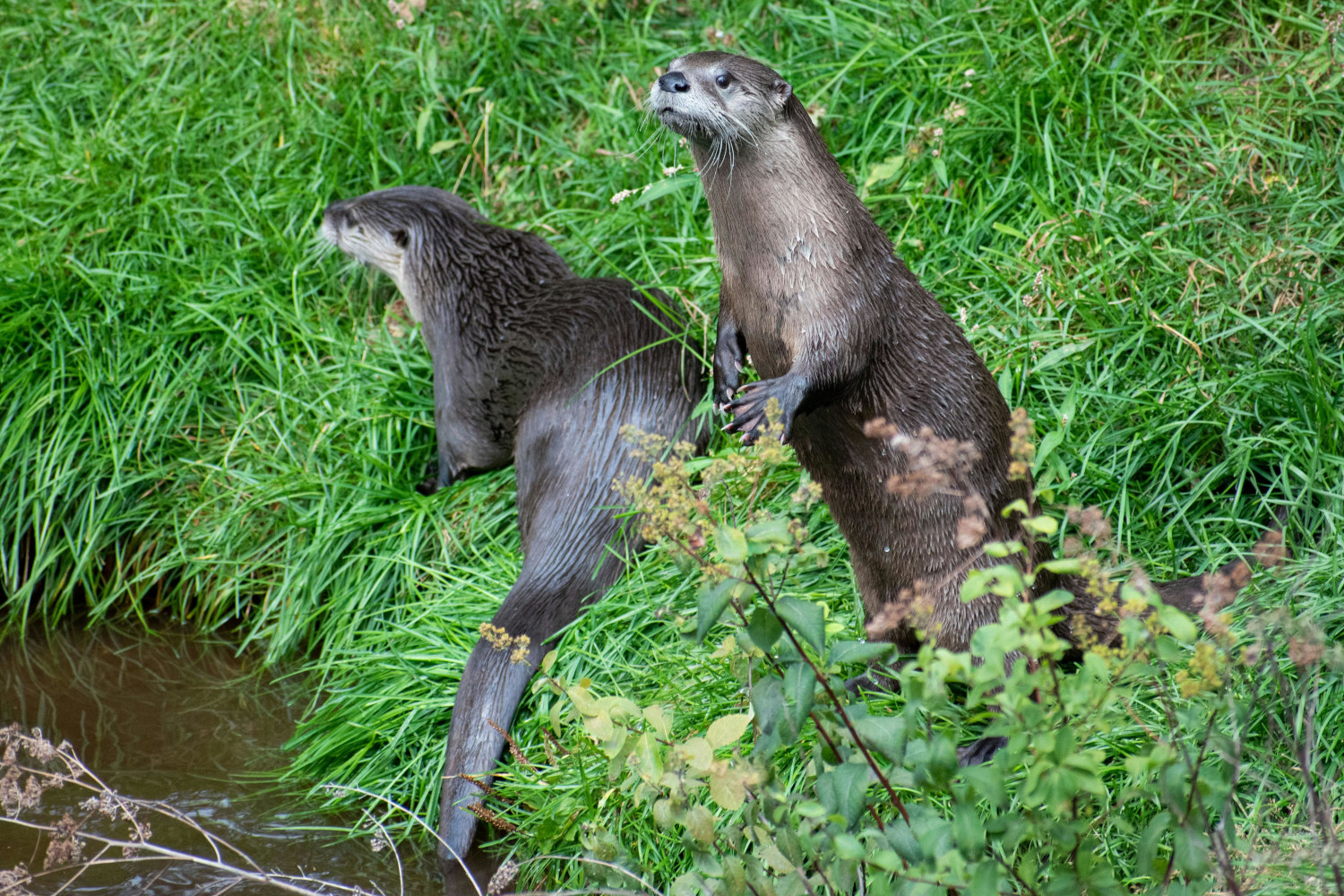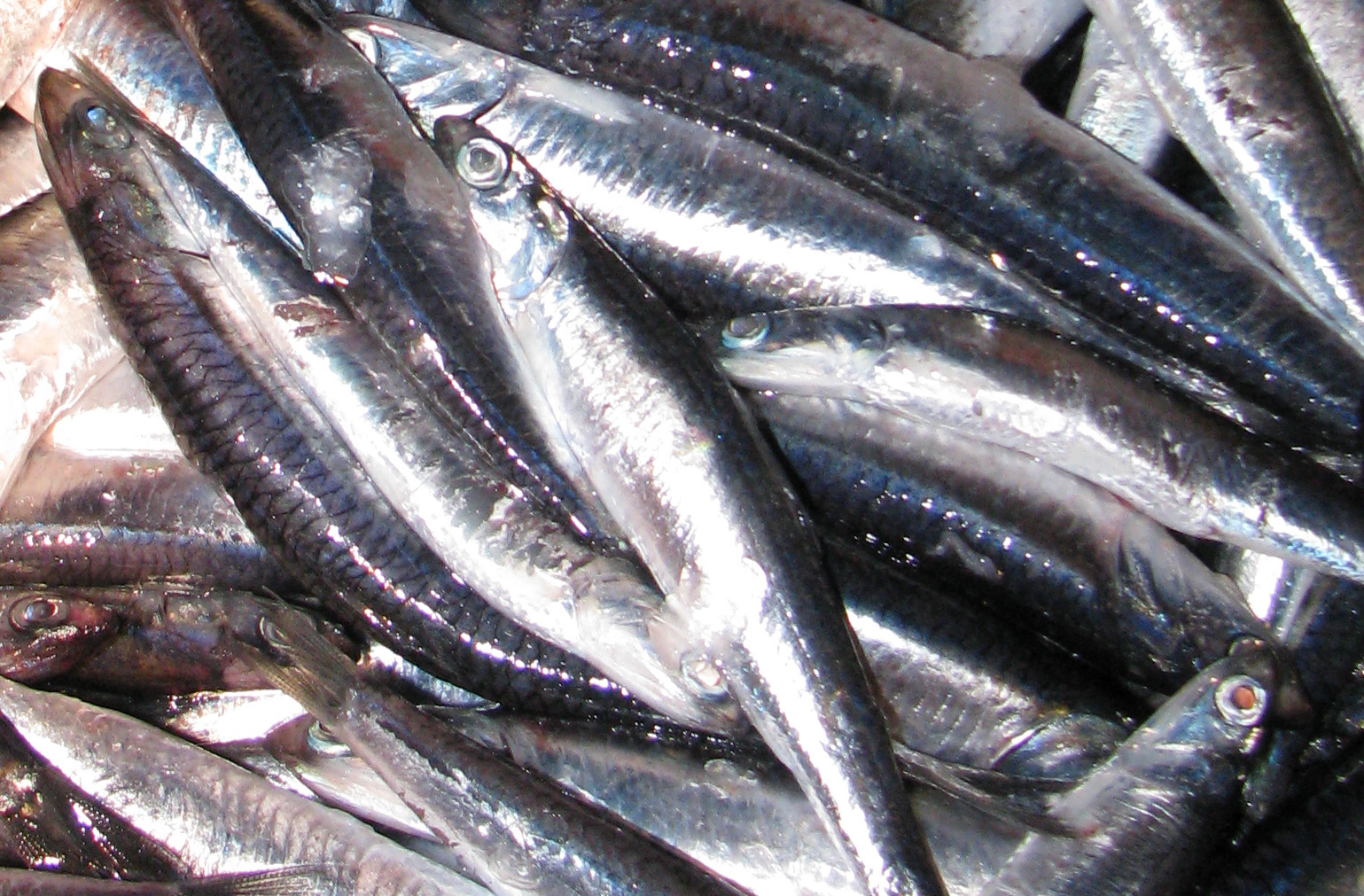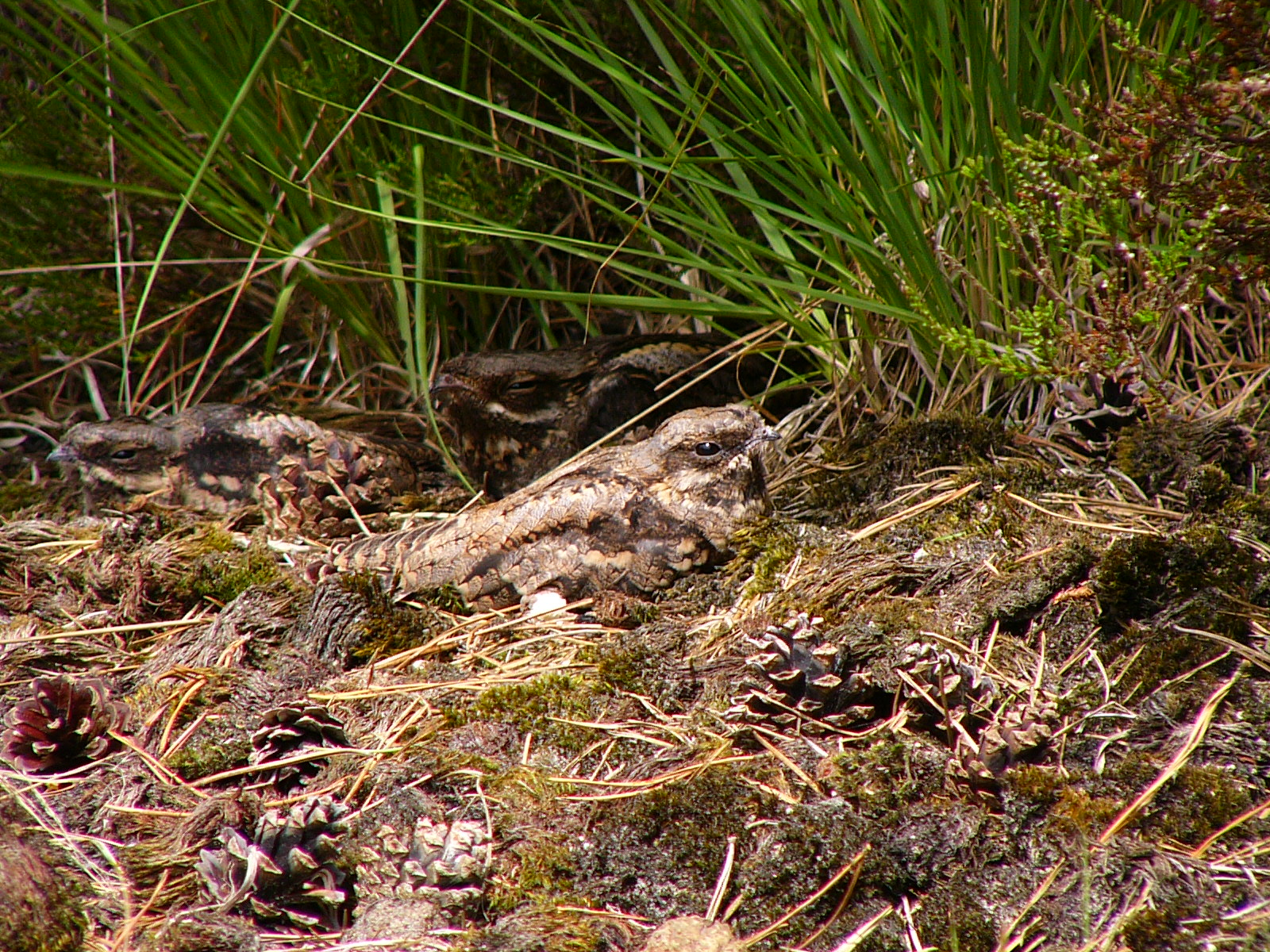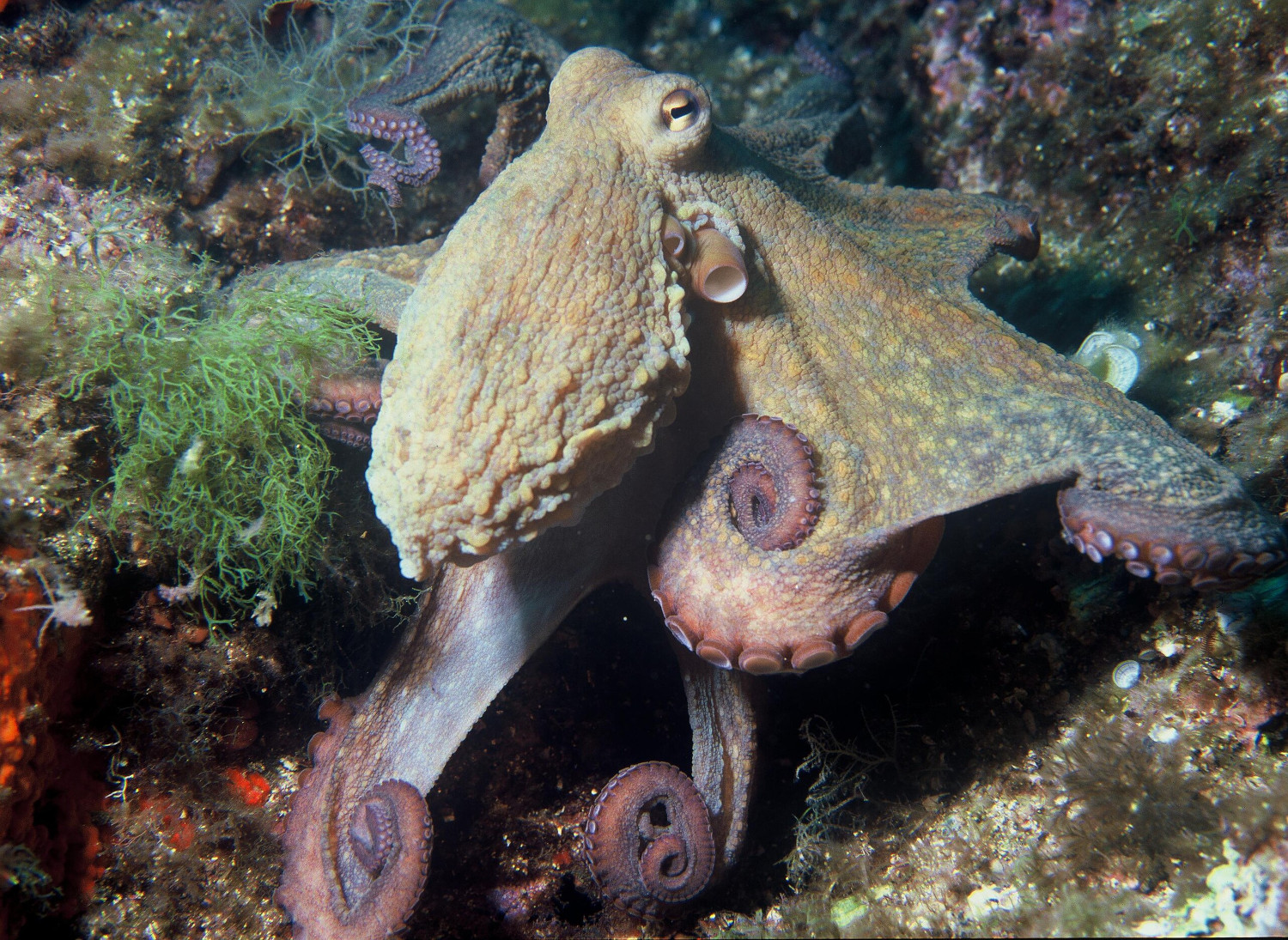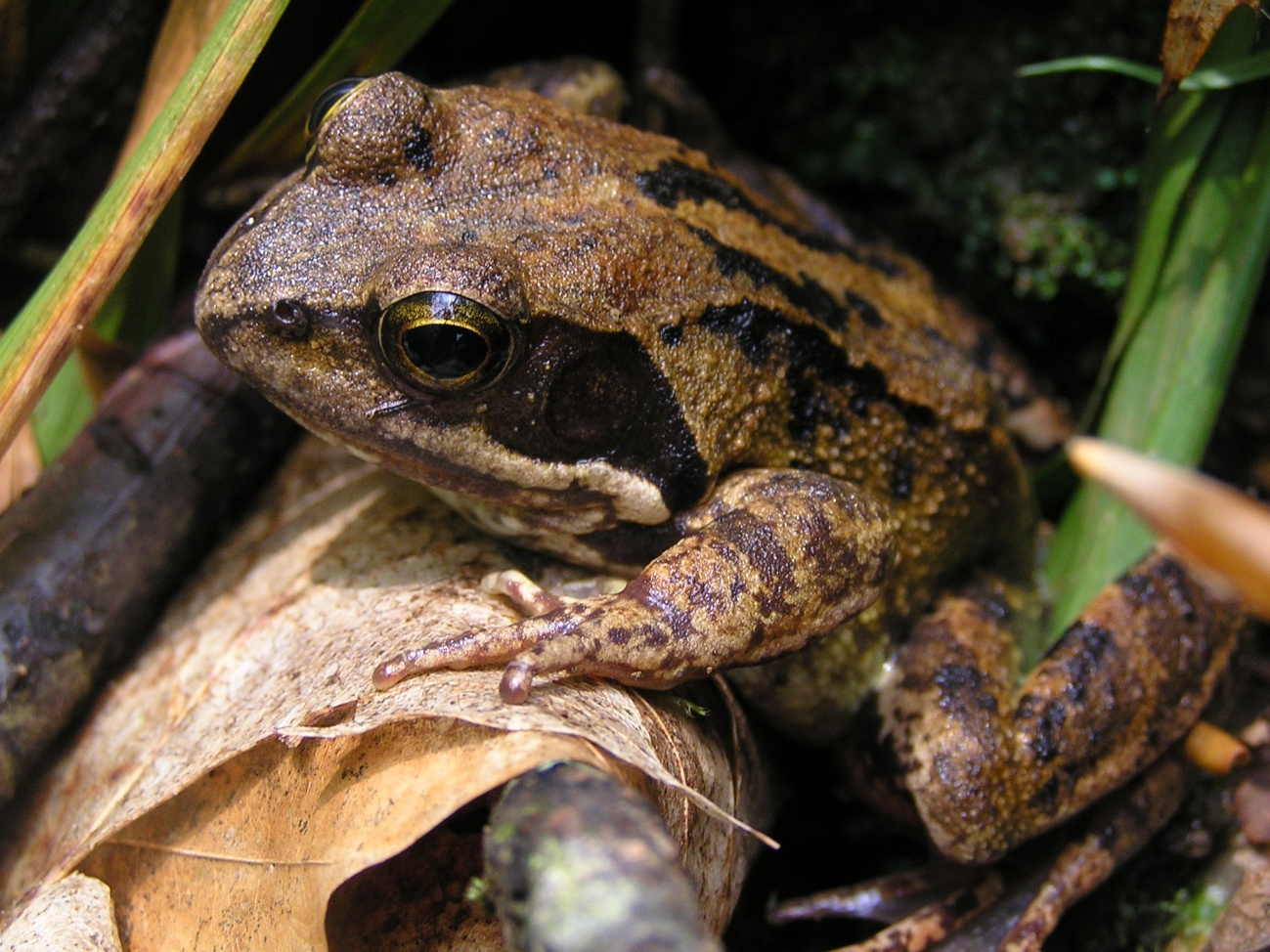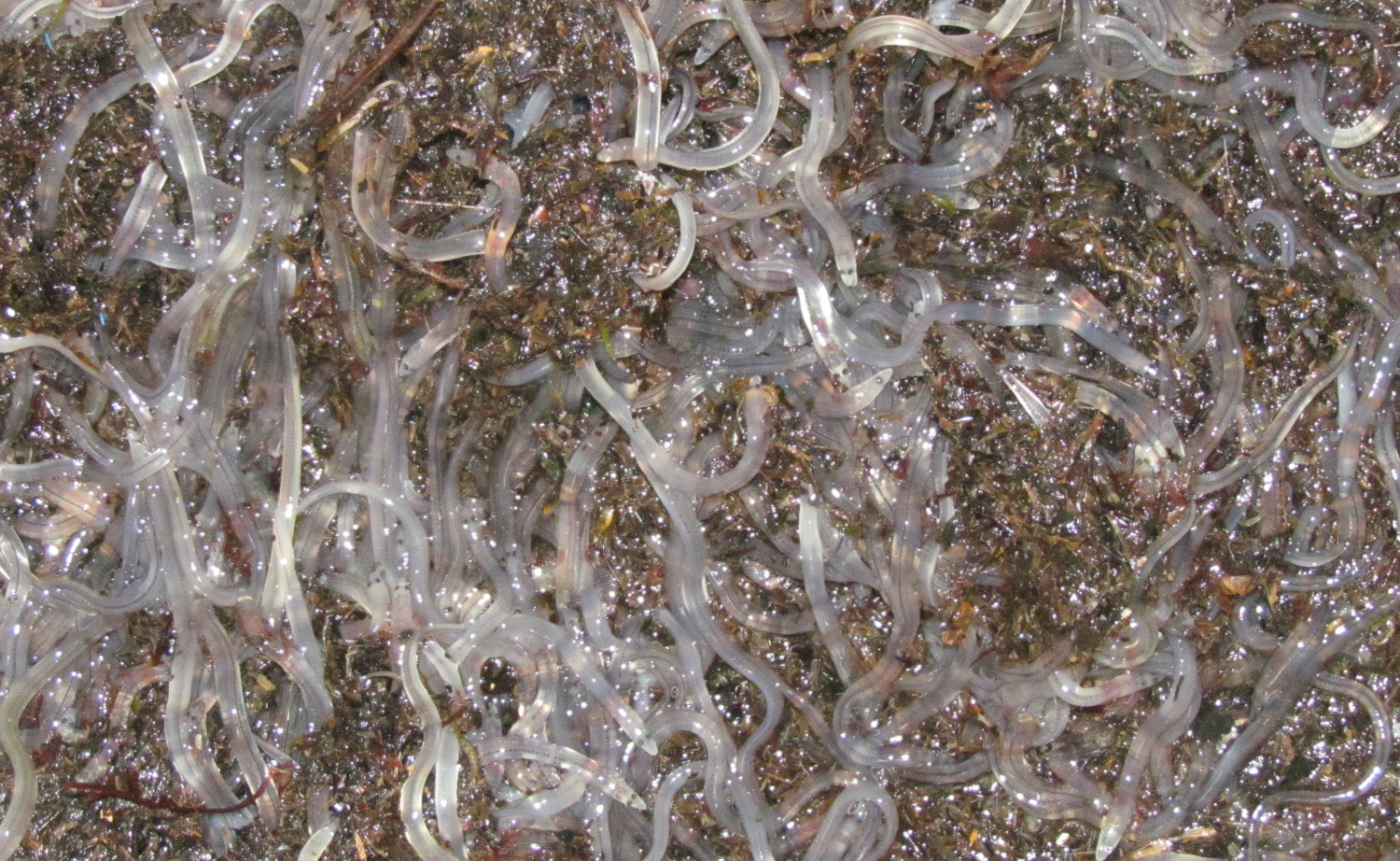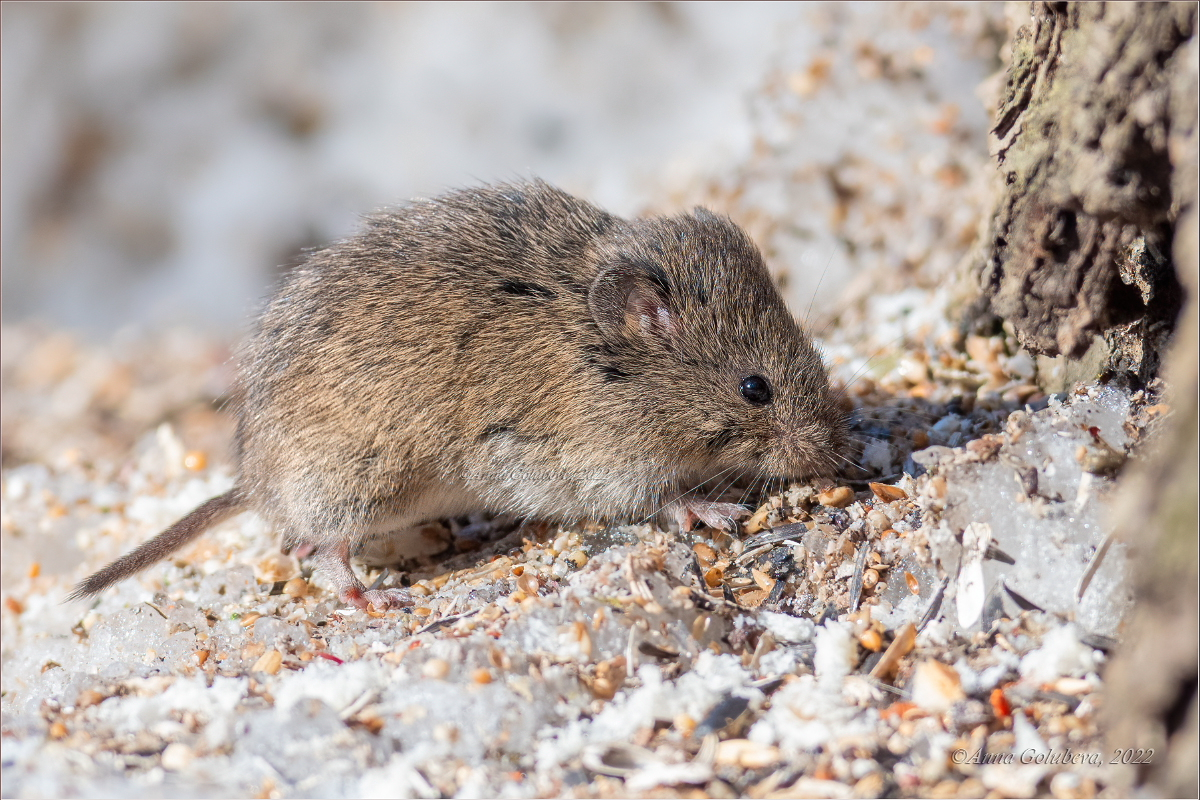red traffic light, deceitful of enemies
- The scientific name of the insect that we present today explains, among other things, that it is red (not completely) and has no wings. They are not both wrong, but red is not their only coloration, and it has also had wings, but their size is very variable between some grains and others, and since they have some very small ones, they can not fly.
This fast insect can be found from Europe to China and in North and Central America. Since the influence of temperature on its metamorphosis is very high, it has not expanded in northern Europe (Scandinavia) until a few years ago.
In the spring it is easy to see them racing intensely in some parts of the village, on walls and roads. Often grouped together in large groups, sometimes with the couple united from the abdomen, unable to decide where to go, the procreation turned into a ridiculous competition like a sokatira.
His life cycle lasts two or three months. Of these, he spends a week or so in the egg phase, and it takes half a month or so until he passes the larval phase and becomes an adult. As noted, these ranges can be lengthened or shortened considerably depending on the temperature. The size of the eggs is also very variable, and the size of the larvae extracted from them usually depends on them. Considering that larvae can be cannibals, it is easy to see which ones will emerge victorious...
The temperature conditions the surface of the black coloration, i.e. the colder it is, the more widespread the black coloration is. We have mentioned several times in this section about coloring that nature has its own code to indicate the danger. Red, yellow, orange and black colouration indicate the risk. Of course, humans have also used this code, although sometimes we are not aware of the origin of these colors. That’s where we have traffic lights, traffic signs, zebra tracks (originally yellow were the white or red stripes today), yellow or red lifeguard uniforms (like firefighters). In the case of this insect, however, the coloration only serves to confuse the enemies, since the animal is completely harmless to us. There are a few isolated cases where lettuce and cauliflower have started in the face of their food shortages, but in no case does it happen often or at least.
Among the hemipterans there are insects that look very similar, but instead of being herbivores they are carnivorous and feed on insects like Pyrrhocoris, like some of the Reduviidae family (which have to bear the attractive name of “killer bedbug”...), but they have nothing to do with our protagonist today, even if they are hemipterans like him.
INFORMATION ABOUT PYRRHOCORIS APTERUS
THE TEAM: Hemiptera, family of Pyrrhocoridae.
THE SIZE OF: 6-11 mm male, 7-12 mm female.
WHERE DO YOU LIVE? On the edges of fields, weeds, roads and forests.
WHAT DO YOU EAT? Juices and seeds of plants.
LEVEL OF PROTECTION: It's not protected.
Itsasoan badira landareen itxura izan arren animalia harrapari diren izaki eder batzuk: anemonak. Kantauri itsasoan hainbat anemona espezie ditugun arren, bada bat, guztien artean bereziki erraz atzemateko aukera eskaintzen diguna: itsas-tomatea.
Ugaztunei eskainitako azken artikuluaren amaierako hitzak hurrengo animalia aurkezteko aitzakia paregabea dira. Bertan esaten genuen muturluzeak erreka “garbi eta txukunak” behar dituela, kutsadurarik gabeak baina elementu natural anitzekin. Animalia txiki horren... [+]
Antxoa, bokarta edo albokartia, gure arrain komertzialen artean txikiena, euskal kostaldera hurbildu da.
Katalanen ustetan artzainak engainatzen omen ditu hegazti honek: “enganyapastors”. Espainiar eta latindarrek, aldiz, ahuntzari esnea kentzen diola diote, hortik datorkio hain zuzen ere izen zientifikoan (Caprimulgus europaeus) islatzen den caprimulgus (capra... [+]
Leihatila honetan behin baino gehiagotan azaldu ditugu Ama Naturaren engainuak bere izakiak babestearren. Batzuetan, erle edo liztor itxura zuten euliak ekarri ditugu, beste batzuetan inongo arriskurik ez duten arrisku-kolorazioko intsektuak ere bai (kolorazio aposematikoa... [+]
Nekazal eremu lehor baten erdian ageri da putzua. Txikia da tamainaz, eta ez oso sakona. Egunak dira euririk egiten ez duela, baina oasi txiki honek oraindik ere aurretik bildutako urari eusten dio. Gauak eremua irentsi du eta isiltasunaren erdian kantu bakarti bat entzun da... [+]









